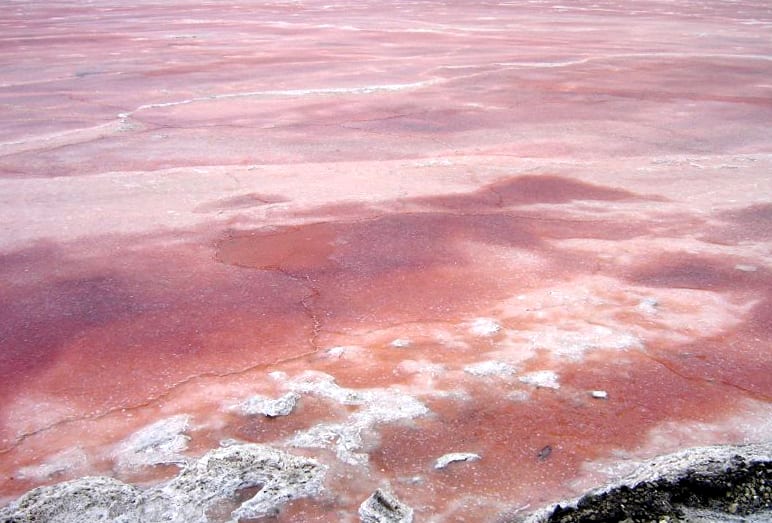Halobacteria produce chemical energy by capturing light energy with rhodopsin pigments and using it to pump protons out of the cell, setting up a proton gradient used to generate ATP.
“Pumps and selective uptake devices need fuel – biological energy – and halobacteria, unlike Dunaliella, are not able to photosynthesise energy-yielding organic matter from carbon dioxide. They need pre-formed organic matter as food, and supplies of this are likely to be intermittent. However, their membranes do possess a unique way of obtaining energy from light. In their membranes are patches of purple s called rhodopsins. These are light-sensitive. Actually, they are chemically related to pigments in the retinas of our eyes, the light receptors which enable us to see. Not that halobacteria can see; in their case the pigments capture light energy and use it to generate a substance called , which is the universal source of biological energy in cells…In the process of generating ATP, ions are swapped between the interior and exterior of the cell such that most of the sodium ends up outside and potassium is retained: light helps the ion pump work. This is a special kind of energy-generating , unaccompanied by carbon dioxide fixation, and halobacteria are the only organisms in which it is known.” (Postgate 1994:49)






